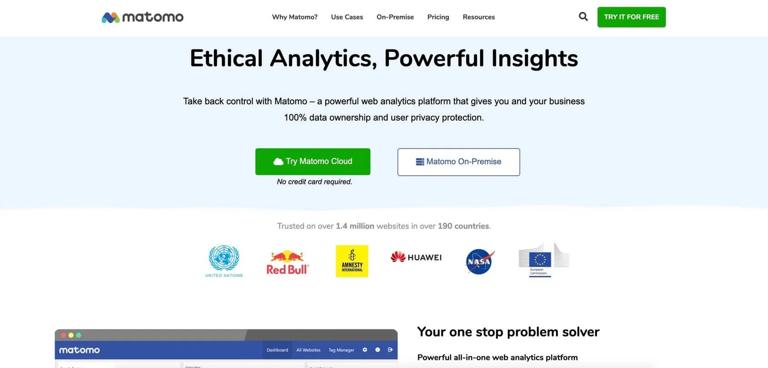
"Trade your edge. Share the win."
Imagine this: youve just nailed a perfect long entry on Bitcoin before a 12% move, profits are rolling in, and yet—you didn’t use your own capital. Instead, you were trading with a prop firm’s funds. A few days later, your payout hits—split between you and the firm. This is the heartbeat of profit-sharing in proprietary (prop) trading for crypto, and depending on the firm’s model, that payout could feel either generous… or like you just bought them lunch.
The crypto prop trading scene is evolving fast. Unlike the forex or stock worlds where profit splits have been around for decades, crypto traders are still seeing new systems emerge—and some are surprisingly creative. Understanding these models can make a massive difference to your total take-home, your risk exposure, and whether you want to stick with a firm long term or go solo.
The most classic structure: you and the prop firm agree on a set split, say 70/30 or 80/20 in your favor. The logic is straightforward—the firm provides capital, infrastructure, risk oversight; you provide skill and execution. Example in practice: A firm might offer 80% of net profits to traders once they pass an evaluation phase, mirroring the model used in forex prop firms like FTMO. For a skilled crypto scalper clearing $10,000 in monthly net profit, that’s $8,000 in pocket and $2,000 to the house.
The advantage here is predictability—you know exactly what you’re getting every month. The drawback? If you’re generating huge returns, you might feel that fixed cut is leaving a lot on the table.
Some firms adjust the split based on performance milestones. You might start at 60/40, but once you hit $20,000 in cumulative profits, your cut rises to 75/25. This is attractive for traders who plan to stick around—your loyalty and consistent wins get rewarded. It’s also a smart retention play on the firm’s side, making sure their top performers aren’t lured away too easily.
A newer twist showing up in some crypto prop firms: beyond the base split, the firm pays out additional bonuses for hitting specific targets. That could be monthly ROI thresholds, win-rate benchmarks, or even low drawdown analytics. For example, if you maintain under 5% drawdown for three months, you get an extra 5% on profits during the next payout cycle. While it can be harder to track, it’s a motivator for disciplined trading and capital protection—both critical in volatile markets like crypto.
Trading Bitcoin or Ethereum isnt the same as trading EUR/USD or Apple stock. The 24/7 market, massive intraday swings, and the presence of decentralized exchanges add layers of complexity. Prop firms in crypto often build profit-sharing terms that reflect higher risk and potential upside. You might see slightly lower starting splits compared to forex, precisely because the firm’s capital is exposed to bigger volatility spikes. However, the flip side is that profit potential in crypto can dwarf traditional asset classes over short timeframes.
Many traders who start in crypto eventually dabble in forex, indices, or commodities to sharpen their strategies. The prop trading model allows you to experiment across these assets with the same funded account—diversifying without risking personal capital.
These cross-market skills often feedback into crypto trading performance, making you more consistent—and consistency is gold for maximizing any profit-sharing agreement.
The rise of DeFi (Decentralized Finance) is nudging prop firms toward more transparent, smart contract-based payout systems. Imagine a profit split executed automatically on-chain, visible to both trader and firm, with zero manual processing delays. That’s where the industry is headed. Challenges remain: regulatory uncertainty, liquidity fragmentation, and the technical risk of smart contracts themselves. But firms experimenting here could shake up how traders perceive trust and reliability.
Some forward-thinking firms are already exploring AI models to assess trader performance in real time—adjusting profit splits dynamically to reward low-risk, high-reliability trading. That could mean getting bumped up a tier mid-month instead of waiting for a quarterly review.
Paired with blockchain-based settlement, this could make crypto prop trading one of the most seamless forms of high-leverage trading out there, with profit-sharing handled almost like streaming royalties—instant and proportionate.
Choosing the right profit-sharing model isn’t just about the percentage. It’s about how the firm measures your performance, how stable their payout process is, and whether they offer room for you to grow into better terms. In crypto, markets reward speed, adaptability, and a solid risk plan—and the profit-sharing model should match that energy.
Slogan to remember: “Your strategy, their capital, shared success.”
If you’ve got the skill to survive crypto’s swings, a prop firm can be more than just a backer—it can be your lever to scale without risking your own stack. Just make sure you’re not giving away more of your upside than the partnership is worth, and keep one eye on the evolving landscape—because in this world, even the payout models are trading for innovation.
If you want, I can build you a quick comparison chart of various prop firm crypto profit-sharing models so the article can feel more like a resource page than just a deep dive. That might make it even more conversion-friendly. Do you want me to add that?